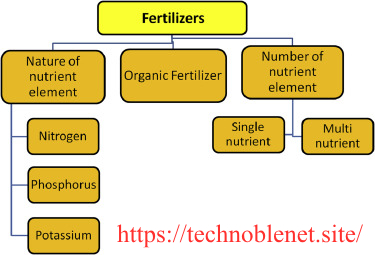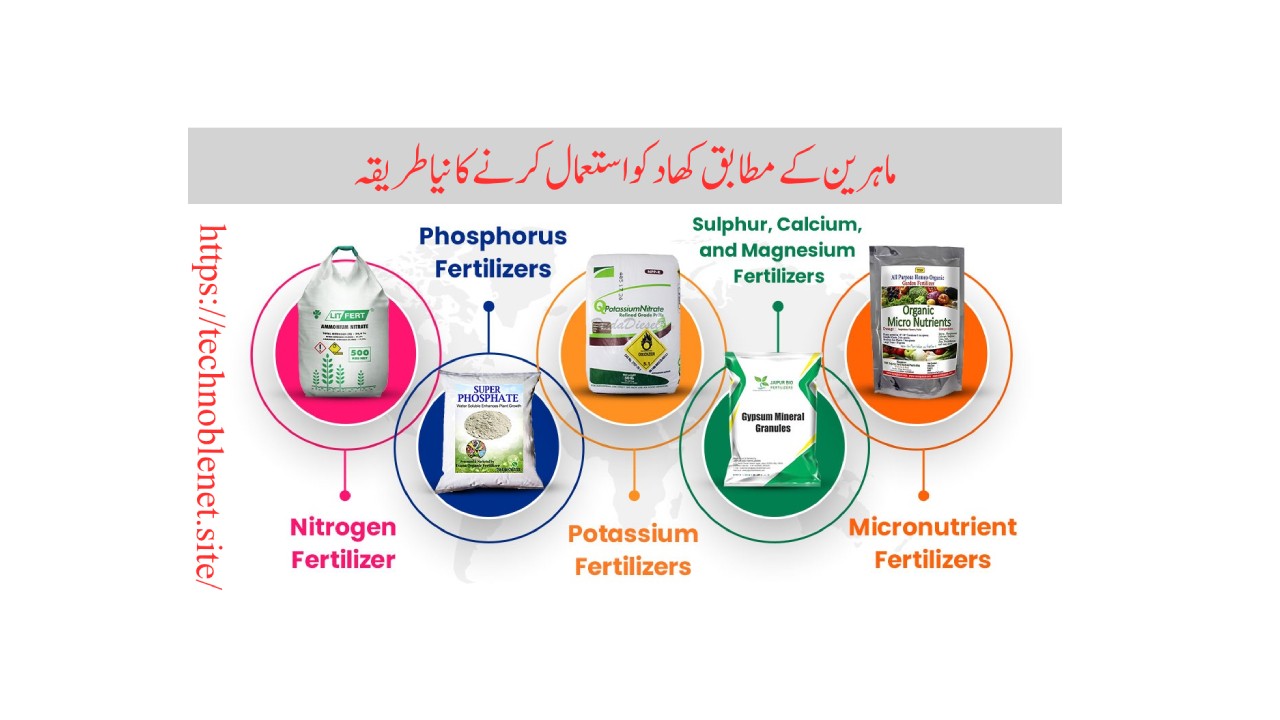Organic Fertilizers are derived from natural sources such as plants, animals, and minerals. They improve soil structure and promote healthy microbial activity. Common types include:
- Compost: Made from decomposed plant material, compost is rich in nutrients and beneficial microbes.
- Manure: Animal waste such as cow dung, poultry droppings, and horse manure supplies a slow release of nutrients over time.
- Bone Meal: Crushed animal bones provide an excellent source of phosphorus and calcium, ideal for flowering plants.
- Blood Meal: High in nitrogen, blood meal helps in lush, green growth.
- Fish Emulsion: A liquid fertilizer made from fish waste that acts as a quick nutrient boost for plants.
- Seaweed Fertilizer: Packed with micronutrients, seaweed promotes root health and plant resilience.
Benefits:
- Enhances soil fertility naturally.
- Promotes healthy microbial activity.
- Reduces environmental pollution compared to synthetic Fertilizers.
Table of Contents
2. Inorganic (Synthetic) Fertilizers
Inorganic fertilizers are manufactured using chemical processes. They contain precise amounts of essential nutrients and are widely used for their quick action and consistency.
- Nitrogen Fertilizers: Such as urea, ammonium nitrate, and ammonium sulfate, which boost leafy growth.
- Phosphorus Fertilizers: Like superphosphate and triple superphosphate, promoting strong root development and flowering.
- Potassium Fertilizers: Potash fertilizers like potassium chloride and potassium sulfate improve fruit quality and disease resistance.
- Compound Fertilizers (NPK Fertilizers): These contain a balanced mix of nitrogen, phosphorus, and potassium, tailored for specific crop needs.
Benefits:
- Rapid nutrient availability for plants.
- Easier to measure and apply.
- Tailored formulations for specific crops and soil conditions.

Other Specialized Types of Fertilizers
Besides the major categories, some specialized fertilizers cater to specific agricultural needs:
3. Slow-Release Fertilizers
These fertilizers release nutrients gradually over time, reducing the frequency of applications and minimizing nutrient loss through leaching. They are ideal for lawns, gardens, and long-term crops.
Example: Coated urea, sulfur-coated fertilizers.
4. Liquid Fertilizers
Liquid fertilizers provide immediate nutrients to plants and are often used in hydroponics, foliar sprays, and drip irrigation systems.
Example: Liquid NPK mixes, micronutrient solutions.
5. Micronutrient Fertilizers
While macronutrients like nitrogen, phosphorus, and potassium are essential, plants also need trace elements like zinc, iron, manganese, and copper. Micronutrient fertilizers correct deficiencies in soils that lack these important elements.
6. Biofertilizers
Biofertilizers consist of living organisms like bacteria, fungi, and algae that promote natural soil nutrient cycles. They help fix nitrogen from the air, solubilize phosphorus, and stimulate plant growth.
Example: Rhizobium, Azospirillum, Mycorrhizae.
Choosing the Right Fertilizers
Selecting the right fertilizer depends on several factors:
- Soil Test Results: A soil test identifies nutrient deficiencies, guiding the selection of the appropriate fertilizer.
- Crop Type: Different plants have unique nutrient needs. Leafy vegetables need more nitrogen, while flowering plants require more phosphorus.
- Growth Stage: Young plants need nitrogen for foliage growth, whereas mature plants need phosphorus and potassium for blooming and fruiting.
- Application Method: Decide whether you prefer granules, liquids, or slow-release formulations based on ease of application and convenience.
Tip: Always follow manufacturer guidelines and avoid over-fertilizing, which can harm plants and pollute the environment.
Importance of Fertilizers in Modern Agriculture
Without Fertilizers, it would be difficult to meet the food demands of a growing global population. Fertilizers have played a crucial role in increasing crop yields, improving food security, and boosting farm incomes. However, responsible use is vital. Sustainable practices, including the use of organic Fertilizers and biofertilizers, can help minimize environmental impact.
Today, farmers are encouraged to adopt integrated nutrient management strategies, combining organic and inorganic Fertilizers, to maintain soil health and ensure long-term agricultural productivity.
Conclusion
Understanding the different types of Fertilizers helps in making better choices for your plants and crops. Whether you opt for organic fertilizers for natural soil enrichment or inorganic Fertilizers for quick results, the key is to use Fertilizers wisely and responsibly.
By selecting the right type of fertilizer based on soil condition, crop needs, and growth stages, you can achieve healthier plants, better yields, and a greener planet.
